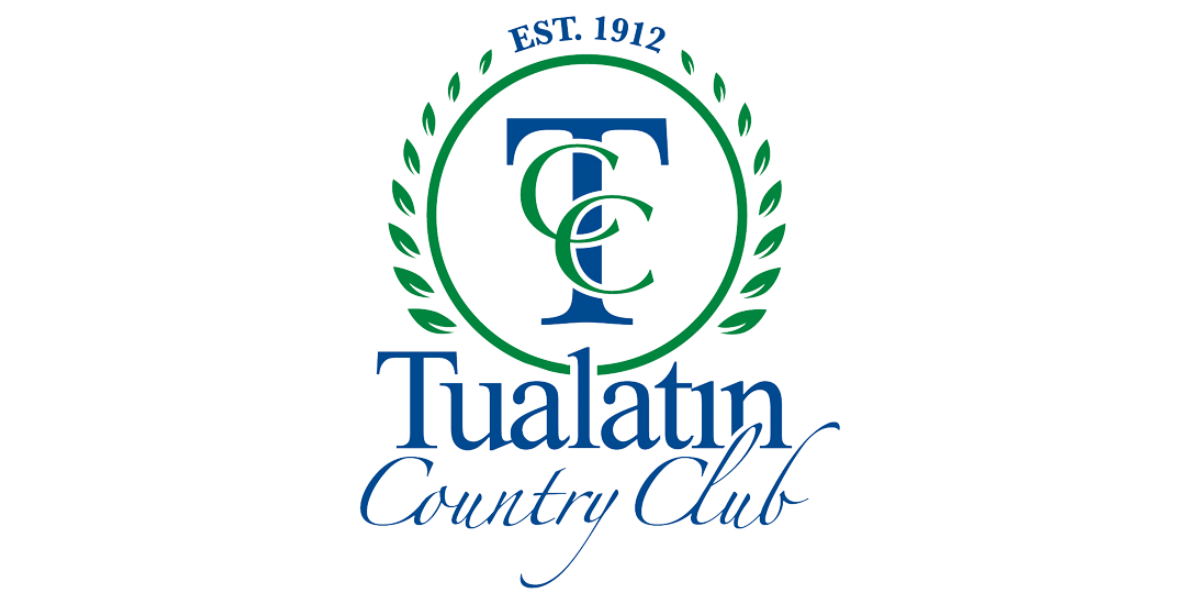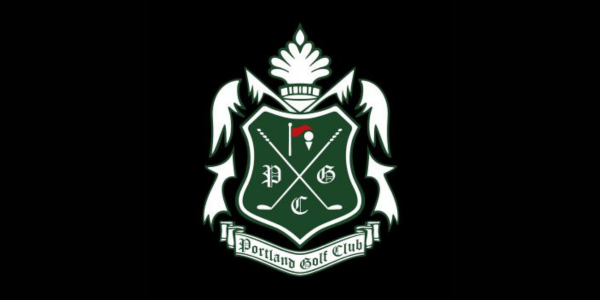The history of Oswego Lake Country Club (OLCC) is rich and varied, spanning over a century and marked by significant milestones in its development and prominence in Oregon's golfing community. Here’s a detailed look at the major milestones in the club’s history. Foundations and Vision
Foundations and Vision
In 1924, the construction of Oswego Lake Country Club began under the vision of founder Paul Murphy. Renowned builders Wm. H. Tucker and Sons of New York, known for creating some of America's most famous courses, were selected to build the course. The architectural firm Church and Whitehouse was commissioned to construct the clubhouse. Both projects were completed by 1925, and the course opened for general play in August of the same year. This period also saw the merger with the Multnomah Golf Club, after which it was renamed Oswego Lake Country Club.
The par-73 course quickly gained acclaim for its challenging layout and breathtaking views of Mt. Hood and Oswego Lake, particularly on the finishing holes. Henry Chandler Egan, the course’s designer, created more than 18 potential holes, allowing for flexibility in the final routing. Murphy, drawing on his golfing experiences in Scotland and Ireland, made key decisions on the course’s final layout. Initially built on 150 acres, the course featured sweeping fairways and multi-level greens, offering both beauty and challenge to golfers.
Adjustments and Improvements
From 1942 to 1945, the course underwent significant modifications to reconfigure it as a par-70, primarily overseen by local contractor Shirley Stone. This major work was completed under a plan devised by the club’s greenskeeper, Fred Federspiel, who utilized a design originally created by noted Canadian golfer and architect A. Vernon Macan. The reconstruction, completed by spring 1961, included eliminating a large swamp area between the current 1st and 18th holes, improving the overall playability and aesthetics of the course.
Modernization and Master Planning
In the early 1980s, OLCC engaged architect Robert Muir Graves to study the course and develop a new master plan. Graves' work included rebuilding the 5th and 14th greens in 1984. As the club continued to evolve, they enlisted John Fought, a former U.S. Amateur Champion turned architect, known for his work on Oregon courses such as Crosswater, Pumpkin Ridge, and The Reserve. Fought's efforts in the late 1980s led to the reconstruction of the 6th, 8th, and 9th greens.
In the early 1990s, architect Bill Robinson made further improvements, focusing on bunker revisions and the creation or rebuilding of numerous tee boxes. By 1994, this work was completed, leaving only the 12th, 15th, 16th, and 18th greens untouched from the original 1925 course. These greens, characterized by Egan's signature double or multi-level designs, are celebrated for their excellent pin placements and subtle challenges. Continuing the Legacy
Continuing the Legacy
In recent years, OLCC undertook extensive renovation work with architect John Harbottle, who focused on renovating bunkers in a style reminiscent of Egan's design, expanding tee space, and addressing wet course conditions. Harbottle aimed to emulate Egan's original course style while incorporating elements from other courses Egan designed. Following Harbottle's sudden death in 2012, Dan Hixson continued the renovation plans, adding his unique touches.
In 2023, Hixson presented a comprehensive improvement plan for OLCC. This plan included reshaping select greens, reintroducing Egan's squared-off fronts on some greens, redesigning the 14th hole’s green complex, creating short mow transitions from tee to green on select holes, removing all bunkers from the 18th hole, implementing "billy bunker" renovations, constructing new cart paths, improving tee boxes, and undertaking selective tree removal.
Conclusion
Oswego Lake Country Club's rich history and continuous evolution reflect its commitment to excellence and innovation. From its early days under the guidance of Henry Chandler Egan to the modern enhancements by contemporary architects, OLCC has remained a premier golfing destination, offering a blend of historic charm and modern playability. Throughout its history, OLCC has hosted numerous prestigious tournaments and events, including the 115th Oregon Amateur Championship in June 2024, solidifying its place in Oregon's golf history.
The club has seen generations of golfers, architects, and members contribute to its legacy, making it a cherished institution in the local community. As the club looks to the future, it honors its storied past while embracing new opportunities to enhance the golfing experience for its members and guests.

Research Credit: Oswego Lake Country Club
Photo Credit: Jim Trumbull



